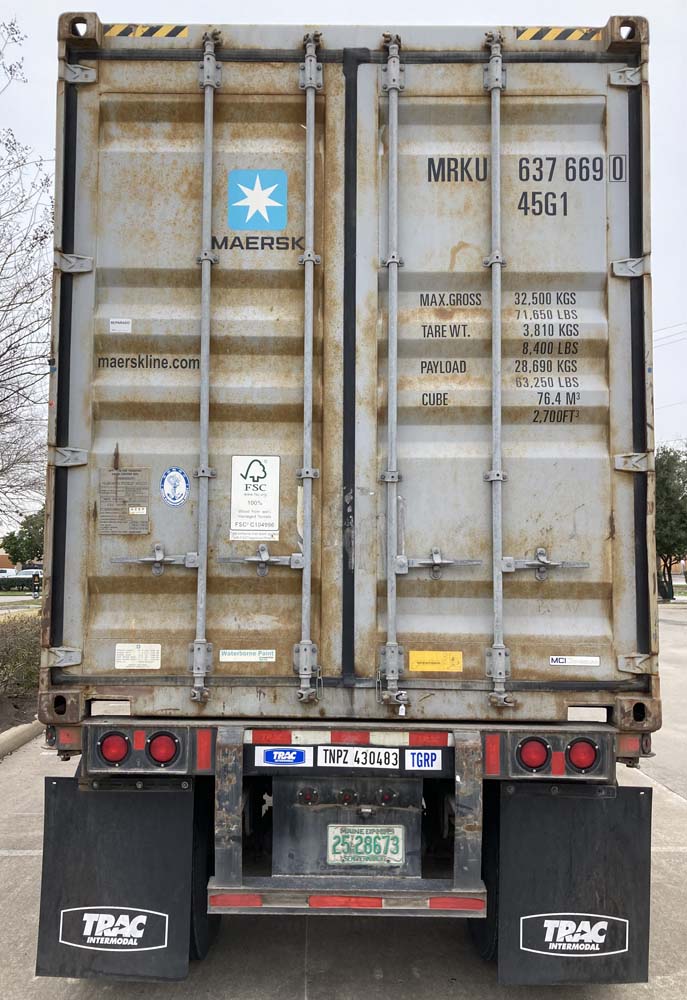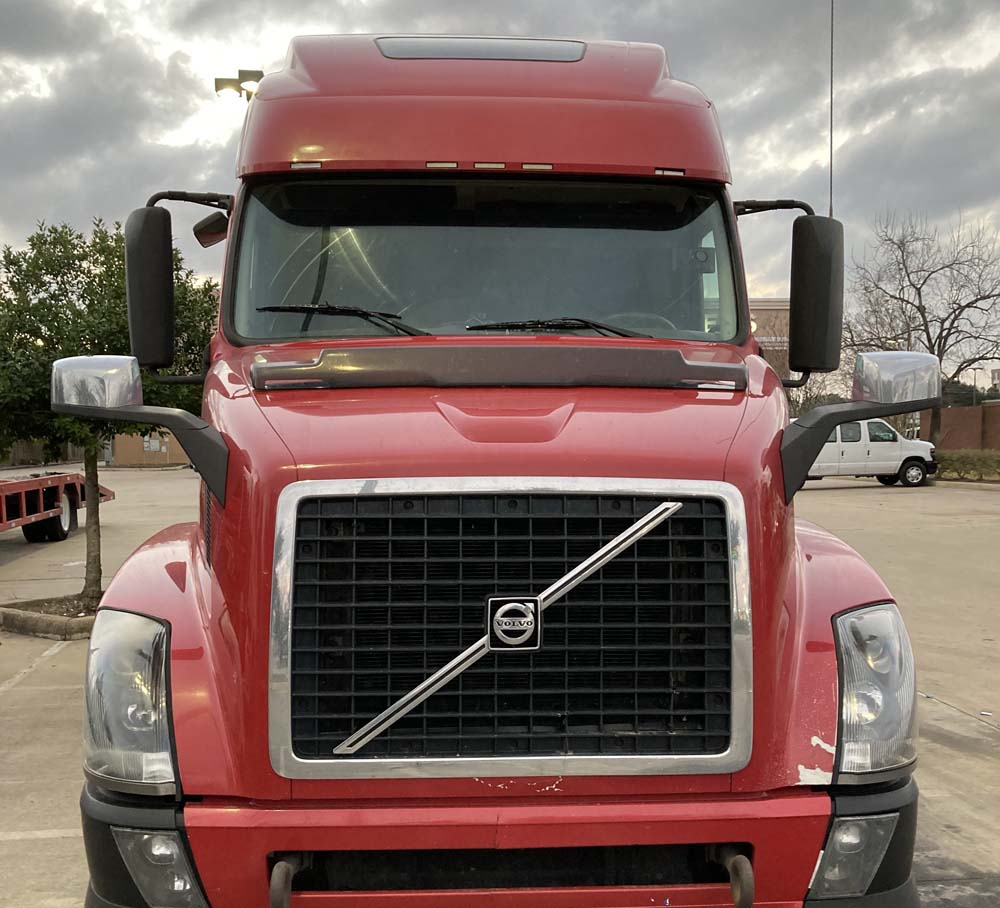“In the United States there is a big truck wreck every 15 minutes that results in serious injury or death. Unfortunately truck manufacturers and trucking companies have the same myopic mentality that car manufacturers have had for decades – opposing new safety technology claiming the cost will damage customer sales. Any new safety design or equipment that reduces truck wrecks is a win for everybody,” stated well-known Houston truck accident attorney Tim Riley. “The most horrific truck wrecks are rear-end wrecks, when the truck rear-ends a car and/or other vehicles. It is estimated that 2 out of 5 rear-end truck crashes could be avoided if all large trucks had forward collision warning and automatic emergency braking systems installed. The costs of large truck accidents in this country are well over $100 billion per year. And large truck collisions are responsible for more than 4,000 fatalities per year.”
How Effective Is A Collision Avoidance System?
According to The Insurance Institute for Highway Safety (IIHS), an independent, nonprofit scientific and educational organization dedicated to reducing deaths, injuries, and property damage in vehicle accidents, these collision avoidance systems are effective. Studies and real world tests have delivered double-digit percentage reductions in serious injuries and deaths.
The Insurance Institute for Highway Safety (IIHS) and the Highway Loss Data Institute (HLDI) have also published studies that clearly illustrate the effectiveness of collision avoidance systems combined with automatic braking systems. These two combined systems delivered a 56% reduction in accident rates with injuries.
Mr. Riley has cited a well established historical fact that for decades car manufacturers have fought against safety improvements that would save lives. Some of the most prominent safety devices or improvements that were eventually mandated by law are seat belts, airbags, crumple zones, anti-lock brakes, and safety glass. Today the political fight is over vehicle emissions, driver monitoring systems, blind spot monitoring, lane departure warnings, automatic emergency braking, active steering, automatic headlights, legal immunity from responsibility for automated (driverless) vehicle crashes, and more.
The trucking industry, along with truck driver resistance, has a similar history of opposition to safety improvements but it is not well known. One truck manufacturer, Freightliner, has been offering steering wheel air bags and roll-over protection technology as options since 2007. But the old, short-term mentality is in place and these options have been purchased by fewer than 5% of its buyers. However, the trucking companies are beginning to recognize the cost savings from new safety technology and improved driver training to utilize these safety devices. The cost savings are significant over the long term and include reduced insurance premiums, reduced damage costs for the truck accidents that do occur, reduced injuries and fatalities, and a reduced number of personal injury truck lawsuits.
New Safety Technology For The Trucking Industry
The majority of truck accidents is due to human error and the purpose of Collision Avoidance Systems and other safety systems is to reduce the occurrences of human error. One category is called Advanced Driver Assistance Systems (ADAS) which are focused on the driver’s comfort and awareness. Some of the common ADAS systems that are available today are below.
- Active Steering – a system that makes small adjustments to the steering to help the driver; very helpful when the truck is backing-up
- Automatic Headlights and Wiper Blades – sensors will detect light and rain conditions and make adjustments to aid driver vision
- Adaptive Cruise Control – a system that monitors the truck’s speed and makes adjustments to maintain distance and speed in relation to other vehicles
- Mirror Cameras – would increase the driver’s viewing areas and help with blind spots
- Lane Departure Warnings – helps keep the truck centered in the lane and creates a warning if the truck begins to stray outside of the lane without the turn signal activated
“Sometimes I just have to shake my head and look to the sky. I don’t understand why trucking company executives will not make the common sense decision to demand the latest safety technology for their large trucks. In the long-term, the trucking companies will save money by avoiding personal injury lawsuits, financial repercussions, and the emotional toll of fatalities and injuries. The cost of the technology would be less than 10% of the cost of the truck and could prevent half of the bad truck accidents that result in injury or death. Until that happens I will continue to put truck company executives on the stand and ask the question the jury and others want to hear. ‘Why did you not buy the safety equipment that would help prevent truck driver errors and truck wrecks?‘,” commented Mr. Riley.
Tim Riley has 30+ years as a Houston area personal injury attorney and has represented numerous victims in truck accident lawsuits. He presents reckless, careless, and negligent behavior that has damaged or destroyed lives of innocent people. His legal representation forces those responsible to face a jury and pay for the medical costs, lost income, and pain and suffering of the victims. “That is my job, to help the victims and families repair their lives and move forward,” stated Mr. Riley.










